With Gil Dekel.
The word Sukkot means ‘huts’, little temporary shelters. In this article you will find: Free templates (click here) for your Sukkot activities, Sukkot story, and video of Sukkot workshop.
Many years ago, when the Hebrew people, the first Israelites, left Egypt, they wandered in the desert for 40 years. When they would stop to rest they would build little Sukkot, which are temporary huts. They would live in Sukkot for a while, and then move on.
The video will help you with lesson/workshop plan:
Download ZIP folder with all templates
and other info for preparing your arts and lesson.
The reason we build Sukkot today is to remind us that after living in Egypt for 400 years, we had to leave Egypt, and wander in the desert. So the story comes to help us remember today that we should not be too fixed or rigid with what we own. We should be flexible and remember that we can leave things behind in order to move on and progress in life.
In the desert everything was temporary, nothing was assured or fixed. Still, even as everything was unpredictable – the Hebrew people had faith and trust that God (Life) will provide for them. So, we build Sukkot today, to remind us to have some faith; the faith that we will be provided, like we were many thousands years ago.
Sukkot is the celebration of faith, and of provision. It is also called the Celebration of the Gathering, ‘Hag HaAsif’. The time of the holiday is the time of the year when the crops are ready for collection. The crops in the fields are ready to be collected. Many years ago, the workers in the fields did not come at 9am and left home at 5pm, rather they would build Sukkot near the crops in the fields, and would live in the Sukkot for the time of the gathering. Today we build Sukkots to remind us that the Earth is providing and giving her fruits to us, at this time.
There are many symbolism and rules as how to build a Sukka. The roof of the Sukka has to be made from something which has grown but is not growing anymore, and you have to leave a little gap in the roof. You should not cover the whole roof. If you sleep over in the Sukka at night, you can see through the gap in the roof, the stars and the moon (in warm countries). This comes to remind us that apart of planet Earth there is a large cosmos, which we are a part of.
Another interesting thing is ‘Arbaat HaMinim’, the four species, the four types of plants and a fruit, which we use in Sukkot. We hold them and wave them if four directions, as well as up and down. This practise brings the blessing of the holiday to the four corners of the world. We finish the waving by bringing ‘Arbaat HaMinim’ close to us, towards our heart, so to remember that all things come from the heart.
The four types are: ‘Etrog’, a citrus fruit that looks like a big lemon. It represents the human heart. ‘Hadass’, myrtle leaves, with a shape resembling the human eyes. The ‘Aravah’, willow leaves – it has a shape similar to human lips. And the ‘Lulav’, date palm tree branch, symbolizing the human spine. There are many further symbolisms around these.
Attributes and Symbolism of the Four Species (Types) – Arbaat HaMinim:
| Taste: | Smell: | No taste: | No smell: | symbolises: |
| Hadas | Hadas | eyes | ||
| Etrog | Etrog | heart | ||
| Lulav | Lulav | spine | ||
| Arava | Arava | mouth |
| Etrog – Citrus fruit – אתרוג. |
| Arava – Willow leaves – ערבה. |
| Lulav – Date palm branch – לולב. |
| Hadas – Myrtle leaves – הדס. |
Decorations and Games:
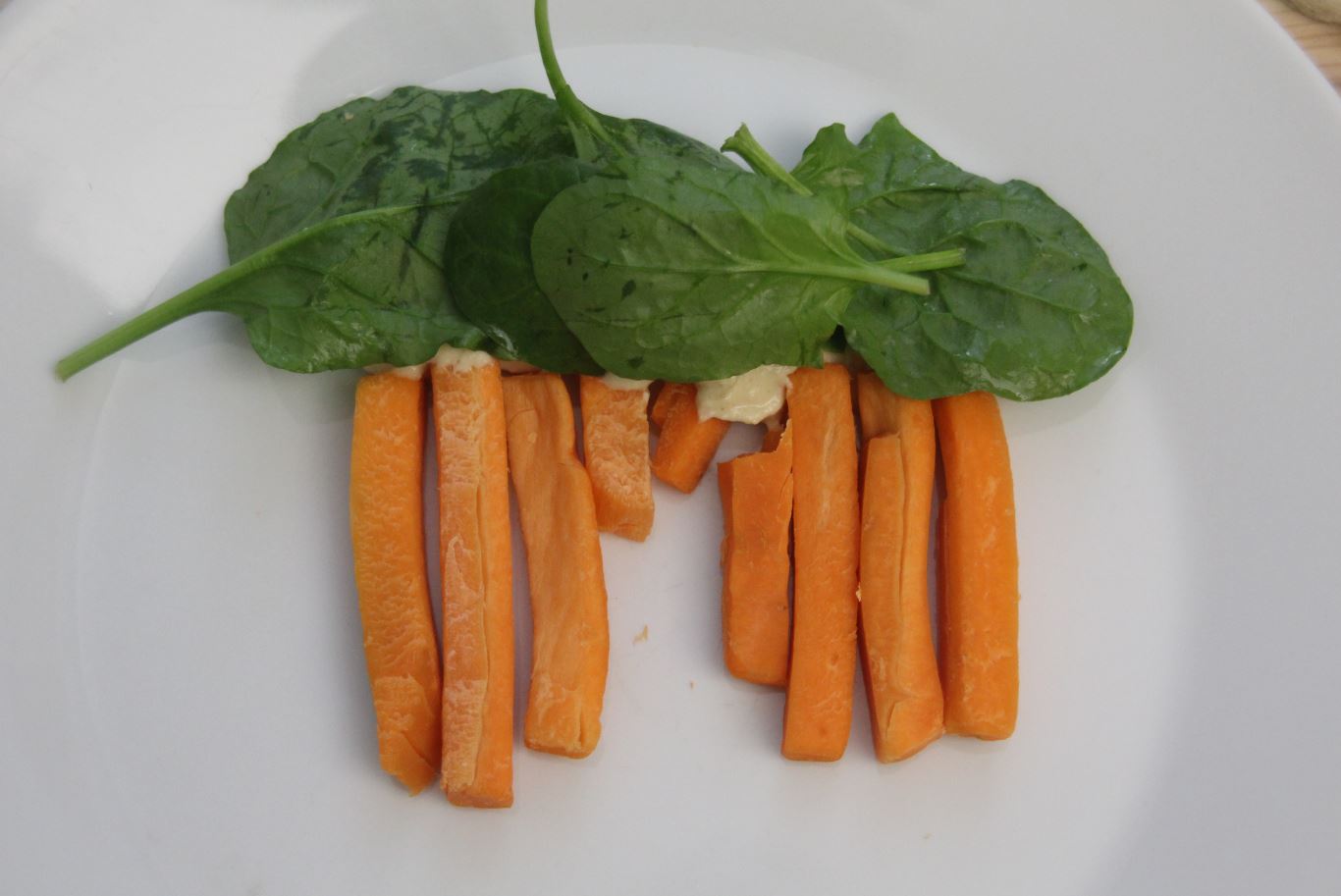
Art activity for sukot – plate with sukka model from carrots and spinach leaves.
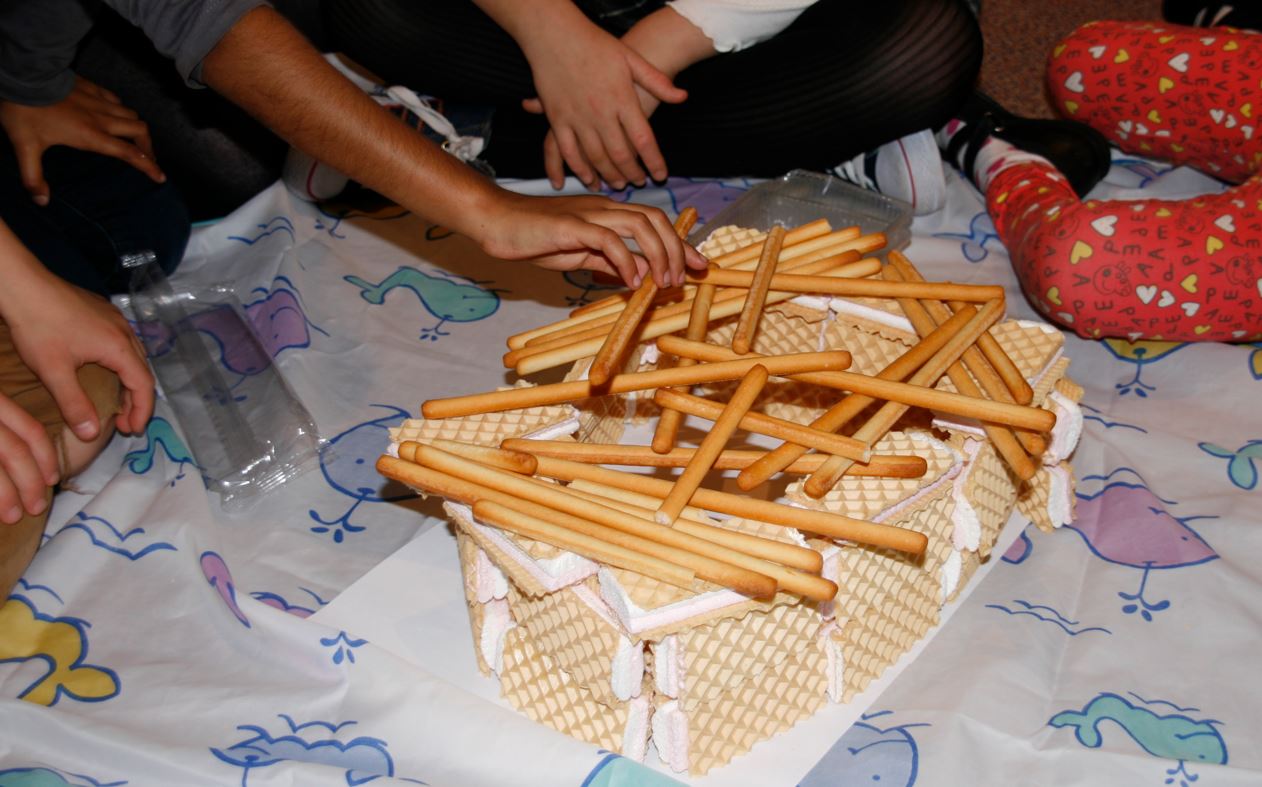
A mini Sukka from wafer biscuit and bread sticks.
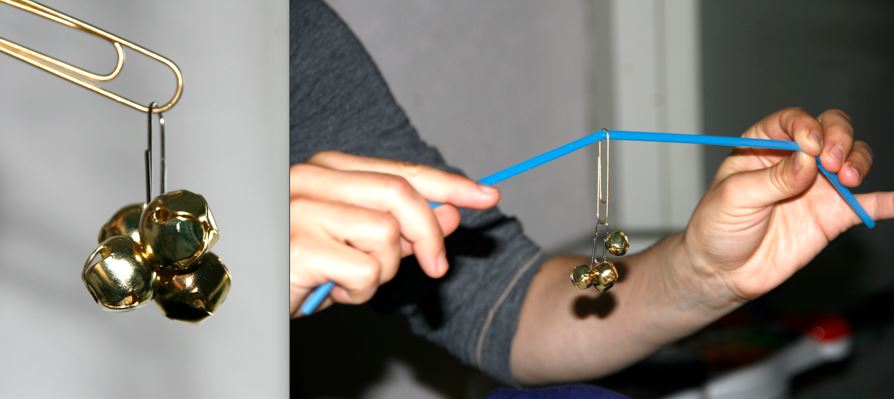
ArbaAt HaMinim game, using four bells and straws. The four bells represent the Four Types of Sukkot. Children holding straw and they need to try pass on the bells to each other using only the straws.
Sukkot is also spelled: Sukkoth, Succoth, Sukkos, Succot, or Succos סוכות. Festival of Booths.
9 Oct 2013. Last updated 30 Sep 2022.
© Gil Dekel.

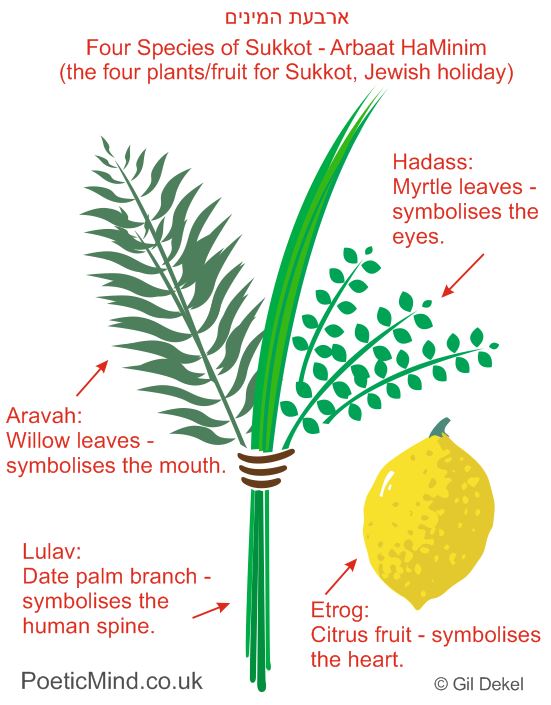
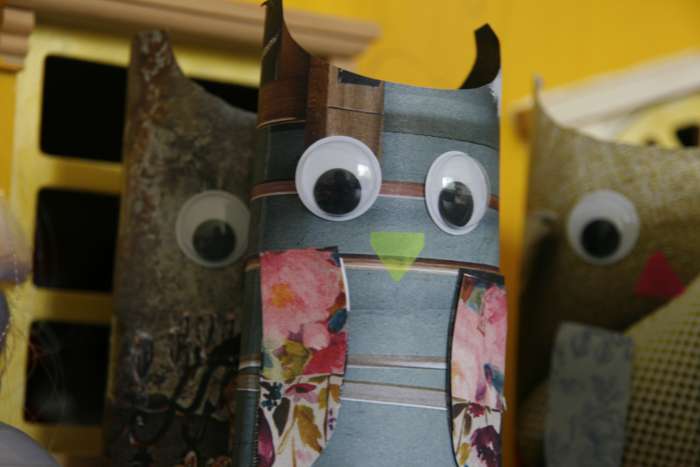
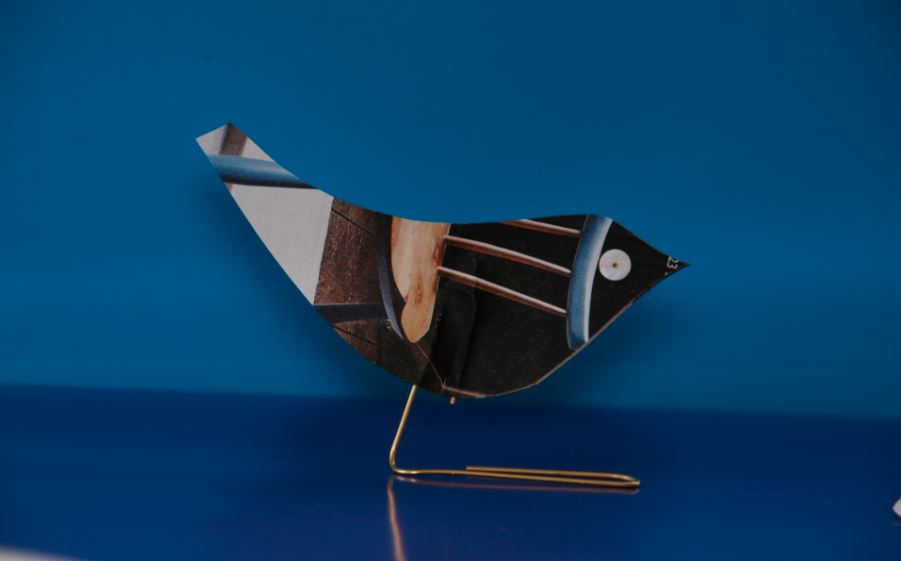
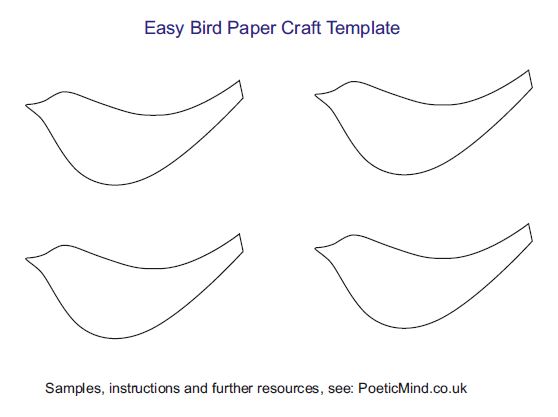
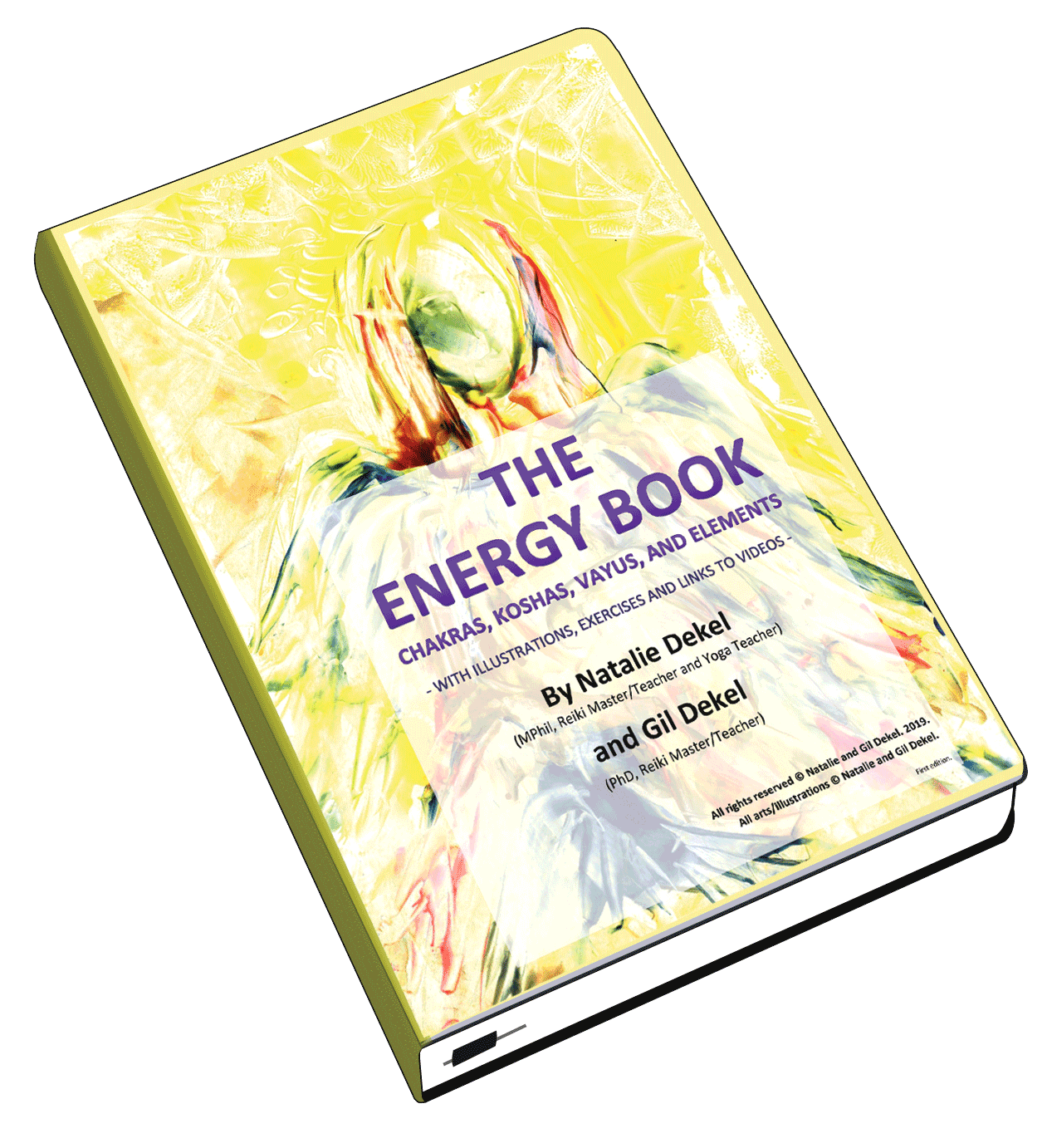
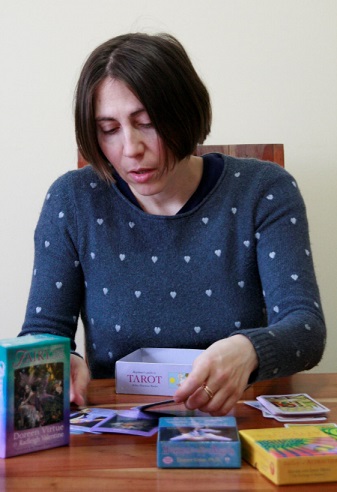 - Reading with Natalie, book here...
- Reading with Natalie, book here...